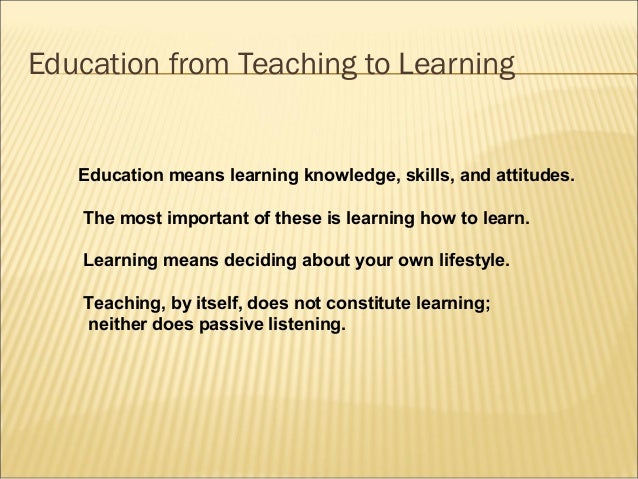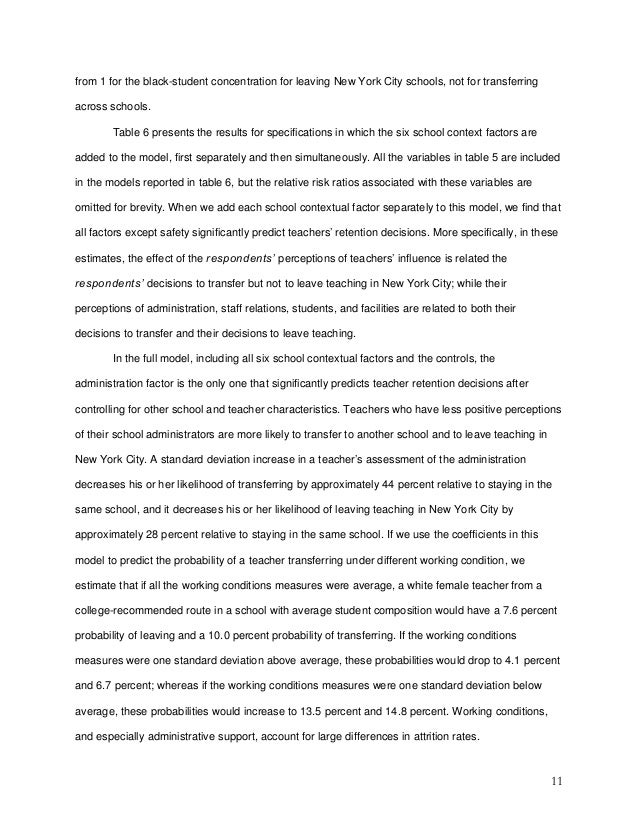

So the instructor sought ways to strengthen her teaching.Īccording to the latest version of their model of informal learning, Victoria Marsick Karen Watkins, Mary Callahan, and Marie Volpe noted that workers identify the need for learning when they recognize a problem exists, try to develop alternative strategies for dealing with it, and realize they need to learn more before they can successfully address the problem.Ĥ. One trainer in the study, for instance, realized that a student simply could not “get” what the instructor tried to teach.

For example, in a 2013 study of aviation trainers, Michael Grant Wofford, Andrea Ellinger, and Karen Watkins observed that either a technical problem or a difficult social interaction caused trainers to seek out learning. Generally, something in the work context spurs people to initiate the process of informal learning. “Triggers” spur workers to initiate learning informally. Similarly, internships in instructional design and training roles serve as clinical education in many adult education, educational technology, and similar academic programs serving our field.ģ. Doctors’ residencies and student nursing are examples of medical education. Because doctors, nurses, occupational therapists, lab technicians, and similar health-care professionals must follow particular protocols when performing their work, they require classroom training.īut because they learn to perform these tasks when working with real people who have real problems and real fears, the education of health-care professionals includes a component called clinical education, in which students work under closely supervised conditions in real hospital and similar settings.

The interrelationship of formal and informal learning plays a central role in training for health-care professionals. Researcher Michael Eraut noted that workers practice tasks in the context in which they actually perform them, and that, in turn, facilitates learning. With prescribed objectives, structured learning activities, and built-in feedback, workers can master one or more work-related responsibilities in a brief period of time. One of the advantages of formal learning is its efficiency. Although some people think of informal and formal learning as separate from one another, researcher Victoria Marsick-who once thought that herself-now suggests that the two are interrelated. Rather than separate, formal and informal learning are interrelated.

#AN EXAMPLE OF NON FORMAL EDUCATION FOR AG HOW TO#
As long as people have learned how to perform work-related tasks by observing and interacting with others, informal learning has played a significant role in training and development. Yes, informal learning is powerful, but it’s not new. “Informal learning is emerging as one of the most powerful disciplines in our industry,” writes industry observer Bob Mosher.


 0 kommentar(er)
0 kommentar(er)
